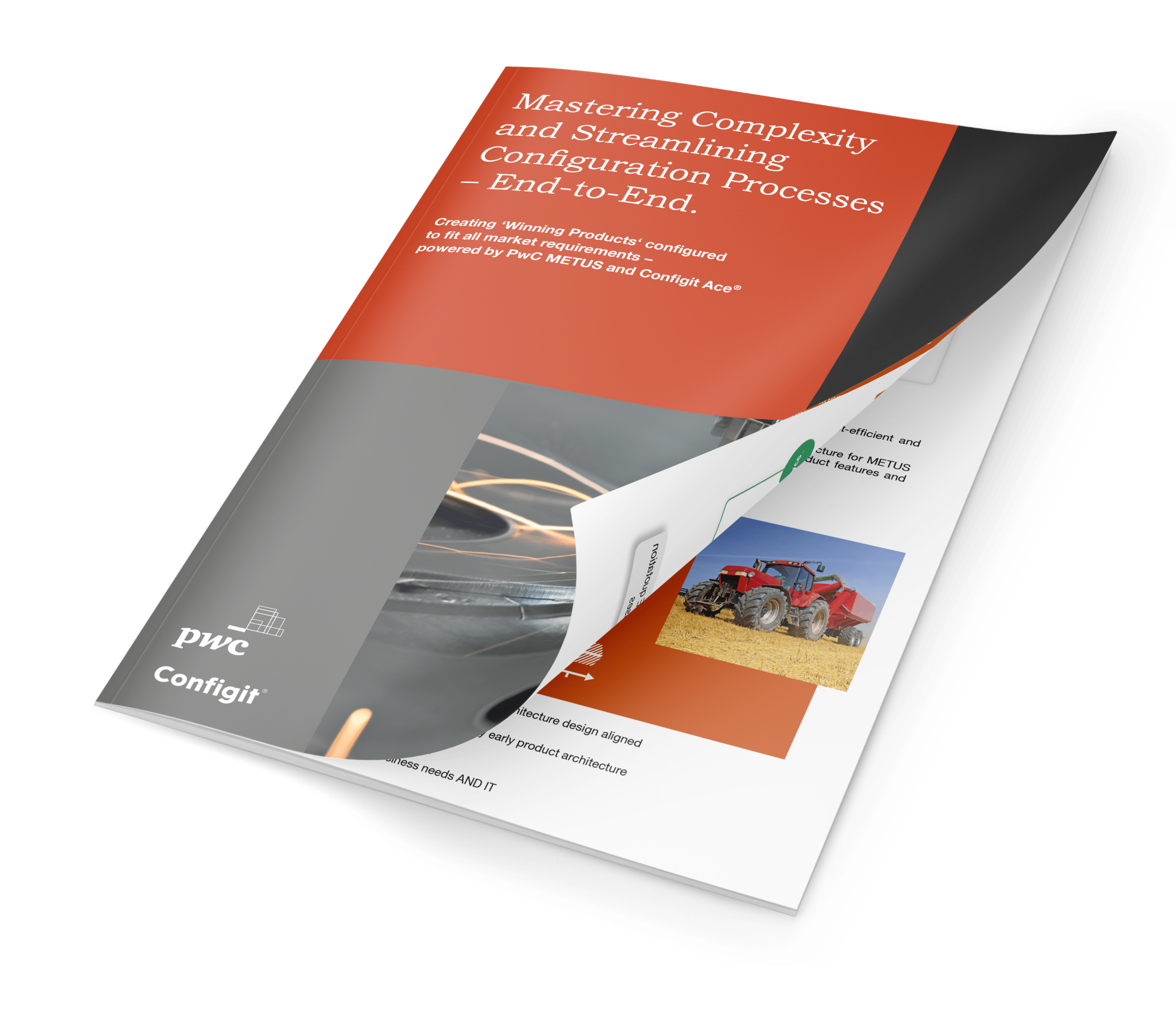What if, instead of showing a customer a few products that meet a few needs, you provided a comprehensive solution that met all their needs? This is the essence of the Internet of Things (IoT): thinking beyond a single product purchase to become an integral part of the customer’s life. Take, for example, lighting. Instead of buying one lightbulb at a time, you offer a customer an entire in-home lighting solution powered via smartphone. Now, you’ve become an integral part of the customer’s life. You become a trusted advisor, recommending the best products available for their home, how these products fit together, and pointing out when it’s time for replacements or upgrades. While this purchasing model is readily available, communicating its value to the customer is often lost in translation because organizations don’t have the right tools to showcase their full power. We’re sharing the three biggest organizational changes you can make to remove purchase barriers and transform your company into a full-service product supplier.
The Three Biggest Organizational Changes That Remove Purchase Barriers
How configuration can transform your company into a full-service product supplier
1. Centralize Product Configurations
As customers begin to add more of your products into their homes, you need to be able to offer a full view of the configuration landscape. To accomplish this, accurate, up-to-date information must be readily available. Relying on disconnected systems to manually pull information for product configurations won’t scale with your growth.
Without real-time customization options at their fingertips, customers will be forced to choose between standard configurations that may or may not meet expectations.
“Will light shape A work with base B and offer me the dimming feature and energy-savings I want?” If you can’t quickly answer that question, you risk a customer buying the wrong product and potentially abandoning you as their supplier.
The solution is to implement a singular configuration engine with a central repository of data that functions as a single source of truth, providing readily available, correct product information.
By quickly showcasing all the customers’ options, you immediately increase efficiency, improve lead times, and control costs associated with a wrong product purchase.
2. Empower Sales Teams On-the-Go
Now that you have a powerful, accurate configuration engine, it’s time to empower those who use it daily – your sales team.
When selling a total solution, your sales reps need to know exactly how each product fits together to create one, larger solution. It’s crucial that every sales rep has up-to-date, accurate information about the entire product landscape. Without that knowledge, there’s no way a seller can efficiently configure a product in the field.
Most CPQ solutions present a nice front-end quoting tool that focuses on the singular, immediate, point-of-sale product, but lack the broader view of the product’s lifecycle. Enable sales teams with a tool that goes beyond a CPQ solution and integrates with all the relevant systems (CRM, PLM, ERP).
Once a single-source-of-truth has been implemented and made accessible for sales teams, a rep can rapidly adapt to changing customer needs while always offering the most current version of a product.
This avoids future product failure due to configuration errors and ensures that the optimal configuration is selected from the beginning. Allowing a sales rep to see the entire picture opens the door to offer supplemental products that may not have been initially considered.
3. Meet Needs Before They Become Needs
Don’t let a customer sit in the dark – alert them when it’s time to replace bulbs before they burn out. How? By keeping updated configuration information for predictive maintenance and support. Meet a customer’s needs before the customer himself realizes them by knowing exactly which product configuration the customer is using.
With predictive maintenance, customers never have to think twice about the lifecycle of its products. By having correct information at your fingertips, your service department can quickly and correctly identify new opportunities and offer solutions, efficiently increasing revenue and improving the customer experience. Strengthen customer loyalty, predict which products you’ll sell more of, and manage production costs associated with a lack of insight into customer needs.
By integrating each product and system into one single source of truth, you can become a leader in the IoT marketplace.
